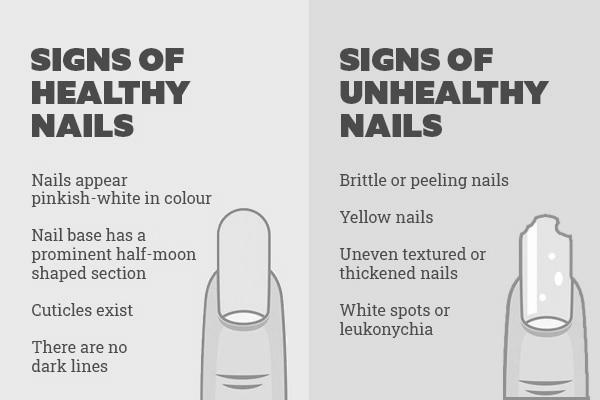What is Nail Care?
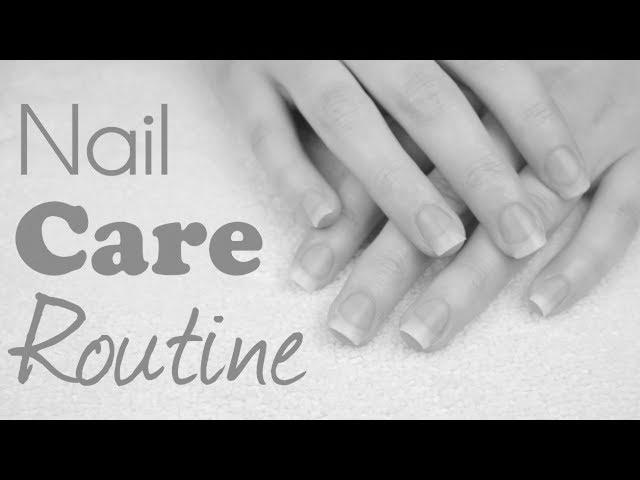
You should be aware of several essential aspects of nail care. The cuticles on your fingernails are a necessary barrier to infection-causing bacteria. When wet, they also become more fragile. You should approach your nails with the same caution you’d use on your hair. Use gloves and protective eyewear to minimize water contact with your nails. A few other essential elements of nail care include:
Cuticles are a barrier to infection-causing bacteria.
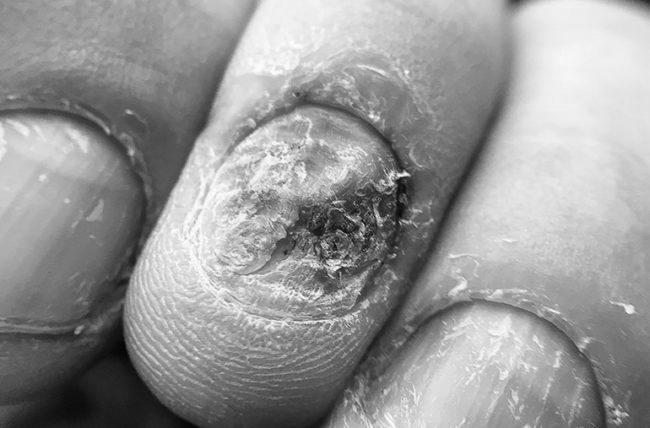
The cuticle is the first line of defense against the proliferation of infections-causing bacteria, especially fungi. The condition can result from an injury or trauma to the nail, including biting or picking at the hangnail. In the most severe cases, the infection may progress to a more powerful state called paronychia, or inflammatory disease of the PNF.
The cuticles are dead skin tissue that forms a protective layer between the nail and adjacent skin. The cuticles are essential in nail care because they protect the nail and body from bacterial and fungal infections. Damage to the cuticles may increase the risk of disease and impede the growth of new nails. Dermatologists suggest that you never cut or shave the cuticles.
There are several causes of nail infections. Most of these infections are caused by the Staphylococcus aureus bacterium, which usually occurs in the skin fold adjacent to the nail. The condition can lead to pus and inflammation. People who are allergic to certain chemicals may be at higher risk of getting this infection. Those who pick or bite their cuticles are also more likely to develop nail infections.
Keeping your nails and cuticles healthy is essential for both prevention and treatment. Keeping your nails clean and dry prevents fungal infections. It also protects against infection-causing bacteria. However, the infection may lead to other symptoms. The cuticle also serves as a barrier against bacteria and fungi. Infections of the cuticle or nail fold are the most common reason for this condition.
Tools and equipment are used in nail care.
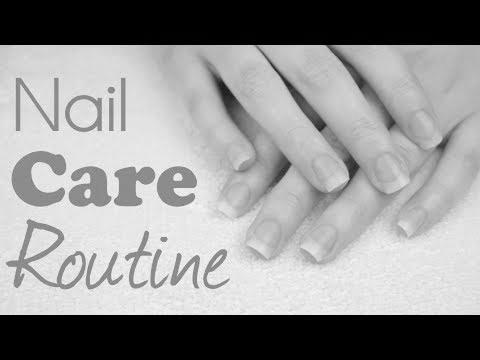
A good nail care service requires proper tools and equipment. A nail technician needs to know how to use and maintain these tools to perform their job correctly. This nail care lesson will also help you understand what different tools are and what each one does. Here are some tools that you may find helpful. Read this article to learn more about them! Also, learn how to use them safely. Here are some tips for using nail equipment and tools safely.
A toenail separator, a large rectangular container used for soaking and bathing feet, and a nail buffer are some of your needed tools. These tools will also help you keep your nails clean and prevent staining. Nail polish remover is an organic solvent used to remove old nail polish. Quick Dry is used to make colored nail polish dry faster. These tools and equipment are essential to the success of a nail care service.
Nail files are the most common tools used in nail care. They are used to smooth out the edges of the nails and shape them. Files come in different materials, including glass, emery boards, and metal. Make sure you hold the file at a 45-degree angle and file in one direction. It’s essential to file in one order, as a “seesaw” motion can split the nail and make it look uneven.
In addition to polish remover, nail care tools are essential for a sanitary manicure. You should disinfect all tools and equipment regularly to avoid bacterial growth. After using each device, you should wipe off any dirt or debris. For example, if you use an emery board to file your nails, you should replace it as soon as the grit wears off. And once you’re finished with nail care, you should store your tools properly.
Signs of severe nail problems
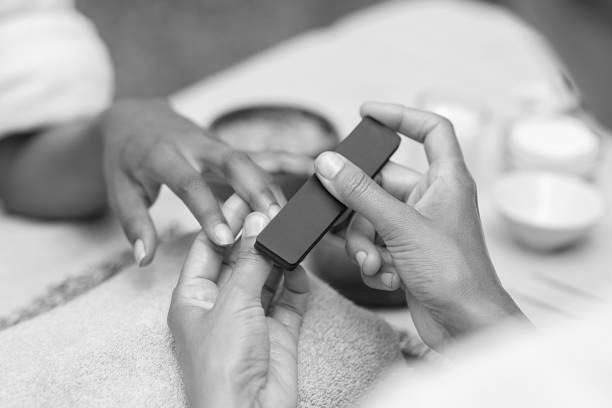
If your fingernails or toenails lift up, you may have a fungal infection or an underlying health condition. If your nails lift, you should see your GP as soon as possible. However, if your nails are curved outwards, this can signify aging, anemia, or thyroid problems. Likewise, brittle or split nails can indicate fungal infections or age. Keep your fingers and nails well-moisturized and protected from water to prevent these problems.
Your nails should be pink at the nail bed and clean white at the tip of your fingernail. However, if you notice that your nails have turned yellow, a fungus could grow underneath. Fungus is a type of infection caused by microscopic organisms, and it does not cause pain. However, it can cause embarrassment due to its appearance. If you have noticed changes to your fingernails, call your local High Lakes Health Care clinic to get a proper diagnosis.
Some people suffer from systemic diseases causing the formation of pitting. These pits are a common symptom of psoriasis, a condition in which the skin becomes red and dry. Aside from this, these flakes can also occur due to systemic diseases like diabetes or circulatory problems. While these symptoms may be concerning, they can be adequately treated. A nail can also be shaped differently from a normal one, indicating pain in systemic health.
Yellow nail growth is another sign of severe health problems. This condition can be hereditary, but it can also indicate an underlying health condition. In some cases, it is a sign of a severe health problem, such as total leukocytosis, and requires a doctor’s diagnosis. The doctor can recommend treatment to ensure that you remain healthy and feel comfortable with the new look of your nails.
Health benefits of proper nail care
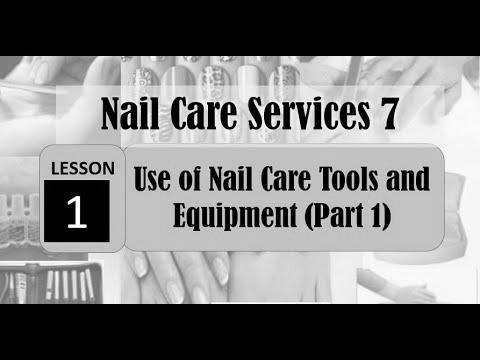
Proper nail care offers many health benefits. In addition to looking nice, nails help maintain blood circulation in the body. This ensures that nutrients reach cells and waste is removed. When neglected, nails can develop a fungal or bacterial infection, resulting in even more severe health problems. Also, nails are often indicators of kidney and liver disease. If you notice your nails are discolored, visit your healthcare provider. Proper nail care is a vital part of your daily routine.
Taking good care of your nails is essential for your overall health, as it can help prevent nail fungus, painful ingrown fingernails, and infections of the skin on your hands and feet. These infections can be severe if you’re a diabetic. Proper nail care is also an important step to protect your nails and avoid injury, such as slipping on a hot surface. For more tips on maintaining a healthy manicure and pedicure, read on.
Causes of Nail Biting
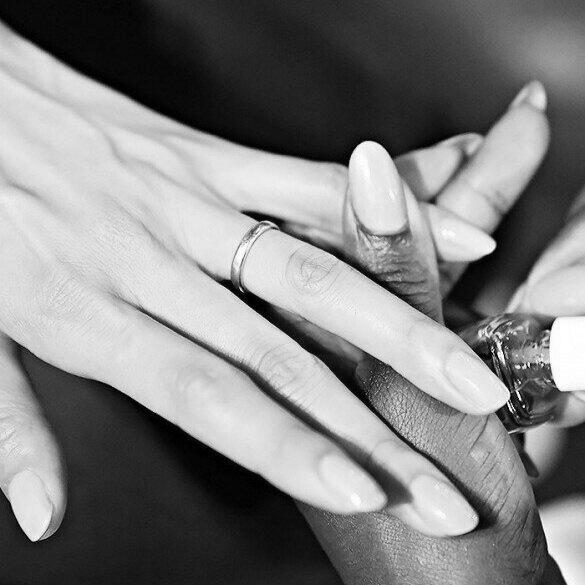
Several health issues are associated with nail-biting, including gastrointestinal tract infections, stress, and relationship issues. There are many causes of nail-biting, but these are the most common. Listed below are some possible reasons. Bruxism, stress, and relationships are just a few of the causes. This article will explore the other possible causes. Read on to learn about other causes of nail-biting.
Stress
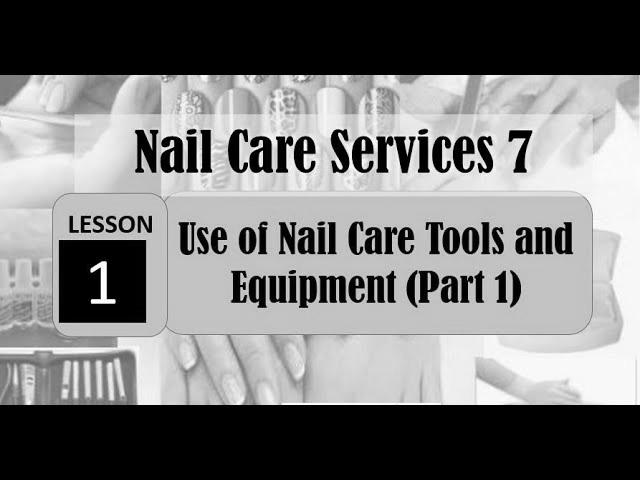
Nail-biting is a common habit, with about 20 percent of adults reporting that they bite their nails during stressful or anxious moments. While nail-biting is a relatively harmless habit, it’s not harmless when it becomes chronic. In addition to causing health issues, nail-biting can lead to hygiene problems, infections, and various other problems. In some cases, nail-biting can even lead to unsightly fingernails.
To combat stress caused by nail-biting, you can seek treatment from a professional. Psychotherapy may help. Some researchers call CBT the current “gold standard” in psychotherapy. If you’ve tried everything else and are still not successful, consider seeking help from a mental health provider. A professional can help you identify the root causes of nail-biting and develop a treatment plan that addresses these problems. If you’ve tried everything else and are still unable to quit, consider seeking help from a psychologist.
Nail-biting is considered a nervous behavior and can cause pain. It can also be caused by boredom or dissatisfaction with your appearance. Around one in twenty people suffer from this body-focused repetitive disorder. This condition can affect your physical appearance and cause pain, and it is difficult to break the habit. It is associated with other conditions such as obsessive-compulsive disorder, tic disorder, and attention deficit hyperactivity disorder.
Bruxism
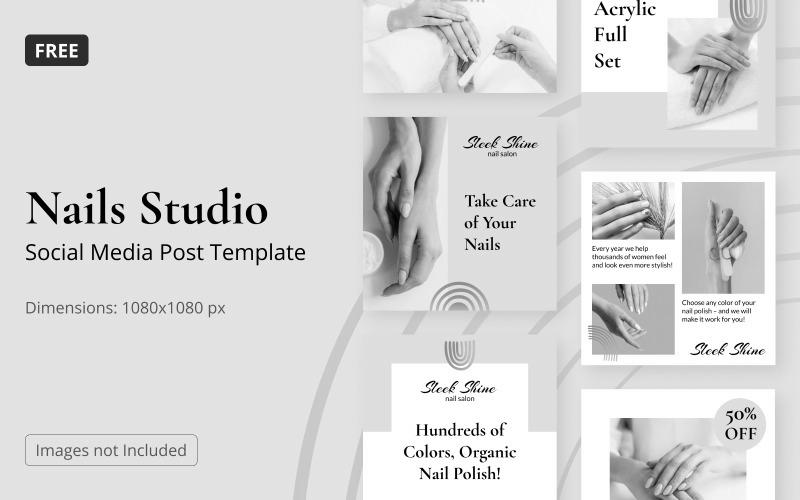
People who bite their nails may be at risk for bruxism, a disorder that causes the teeth to grind when they sleep. Untreated bruxism can result in cracked and chipped teeth, recessed gums, and jaw pain. Fortunately, bruxism can be treated successfully and lead to fewer problems down the road. Learn more about this condition and the various treatments available.
The problem of nail-biting and bruxism is not entirely related. Both are symptoms of nervous tic that can affect one’s sleep. Nail-biting and bruxism are often linked, and it is best to talk to a dentist to get an accurate diagnosis. If your partner tells you that you are grinding your teeth during sleep, you’re more likely to have an underlying dental condition. Treatments for both diseases are similar in nature.
Besides damaging your teeth, nail-biting can cause TMJ Disorder. Nail-biting causes abnormal pressure on your jaw, leading to painful headaches, jaw pain, and locking. And bruxism is associated with other serious health problems, including TMJ. These conditions also result in tooth enamel erosion and sensitive teeth. Even if they’re not caused by tooth decay, bruxism can lead to severe problems, including TMJ disorder and headaches.
Relationships
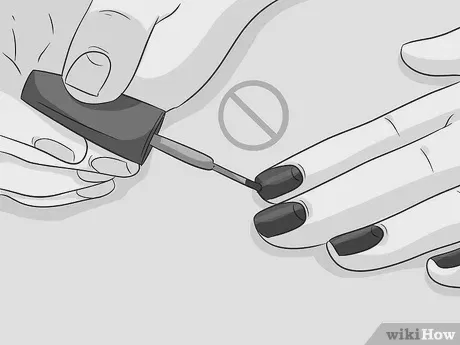
Nail-biting is a common habit that has serious consequences. Besides damaging the nails, the pattern can damage the mouth’s soft tissue, leading to bacterial and viral infections. It can also lead to dental problems. This is why people with this habit should seek help immediately. Getting help for this habit is essential, as the pattern can be complicated to quit. Here are some tips for overcoming nail-biting.
The first step in overcoming nail-biting is to understand what triggers it in the first place. Many individuals with the problem experience a range of emotional and physical stresses that lead them to bite their nails. Therapy will help to identify those stressors and develop effective coping mechanisms. A proven therapy method called habit reversal training involves identifying the triggers and a replacement behavior and cultivating social support. Both of these methods have proven to be highly effective for treating BFRBs. However, more comprehensive approaches may include a cognitive-behavioral component as well.
Therapy can help people overcome nail-biting. While occasional nibbling may not require a trip to the doctor, a bite can lead to infection and spread to the mouth. Antibiotics can be prescribed. While therapy is not always necessary, it can help the sufferer overcome the habit and stop biting nails. If the problem persists, it may be required to seek a therapist. If the pattern affects relationships, it is a good idea to seek professional help to stop.
Onychophagia
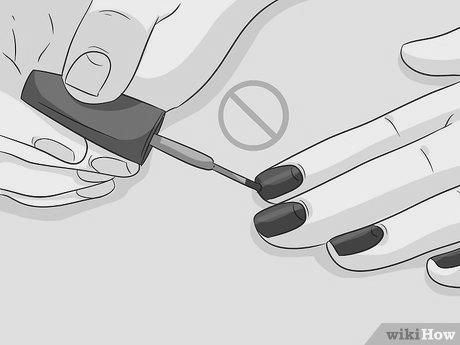
Onychophagia is a common psychiatric and dermatological disorder that has several causes. While some patients consciously bite their nails, others do so subconsciously under certain circumstances. Some people develop this habit as a coping mechanism for stress, anxiety, and other psychological issues. It may also have a genetic component, as some people are three to four times more likely to suffer from this disorder if one of their biological parents suffers from it. Other possible complications include parasitic intestinal infections and alveolar destruction.
It is essential to understand the underlying causes of onychophagia. Nail-biting often begins out of boredom or reaction to a stressful situation. It can develop into a habit and interfere with daily activities in either case. Children and adolescents with this disorder often experience poor mental health and lower affability. Some individuals with the disease are highly perfectionistic and may feel frustrated if they do not achieve their goals. If you suspect that you may be suffering from this condition, it is essential to seek medical attention.
Treatment for onychophagia depends on the severity and location of the symptoms. The disease can be accompanied by a bone infection called osteomyelitis. It most commonly affects the leg but can also affect the fingers. Antibiotics and antifungal drugs may help with the symptoms. There are also liquid compounds to make the nails taste bad. However, these products are not clinically proven to be effective.
Onychophagia causes gastro-intestinal infections
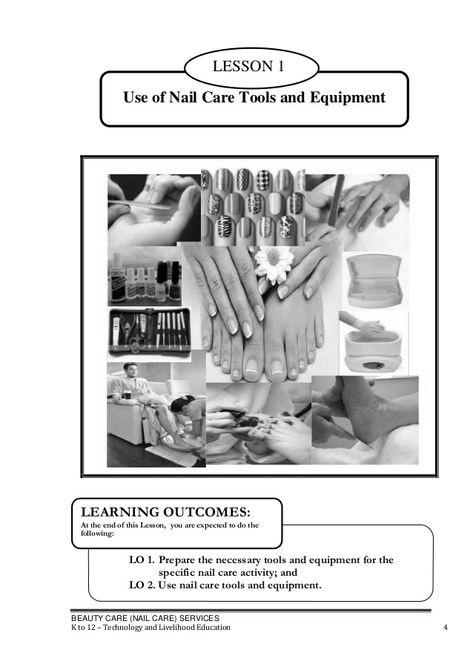
Onychophagia, also known as a nail-biting disorder, can be a symptom of gastrointestinal infections. This parafunctional habit is characterized by an uncontrollable urge to eat things in the mouth, such as nails, fingers, or even paint chips. This condition can damage fingernails and can lead to parasitic intestinal infections. In addition to diseases, onychophagia can lead to various other complications, including alveolar destruction and intestinal parasites.
Self-esteem
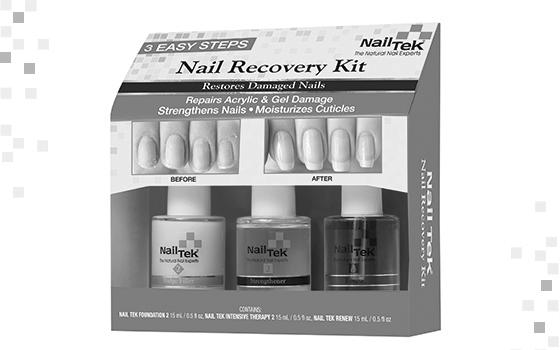
Many of us suffer from low self-esteem and anxiety, and nail-biting is no exception. It can even cause a person to feel worthless and unattractive. If your child is constantly biting their nails, it’s time to do something about it. Listed below are some ways to reduce nail-bitingly and raise your self-esteem. This article will explain the relationship between self-esteem and nail-biting and how you can get the help you need.
Nail-biting is a form of the body-focused repetitive disorder. These repetitive activities, known as triggers, can damage the body. These triggers may be visual or auditory, or cognitive. Ultimately, the behavior is likely to worsen over time. If you can’t stop nail-biting, you should consult a doctor or a dermatologist. A professional can help you overcome the behavior.
In most cases, it’s possible to quit nail-biting by learning the triggers and behaviors that lead to the habit. If this is not possible, it might be time to see a therapist. CBT techniques are an excellent way to help you learn how to control your behavior. Sometimes medications are necessary to treat nail-biting disorders. If these methods don’t work, you may need to seek treatment.
